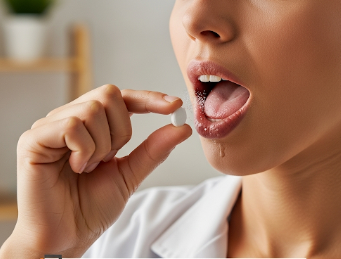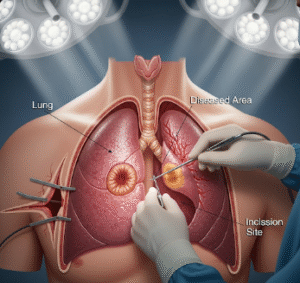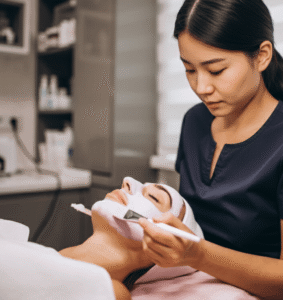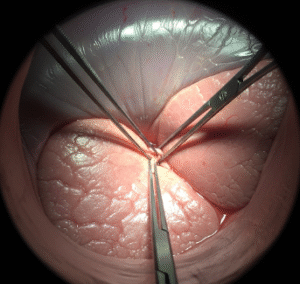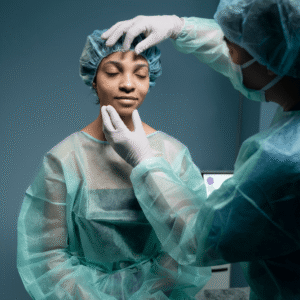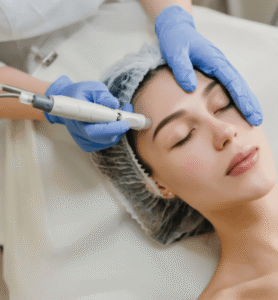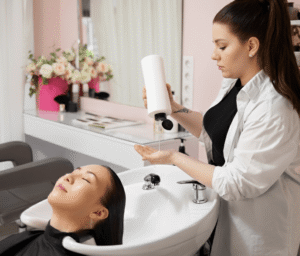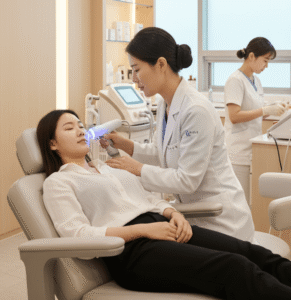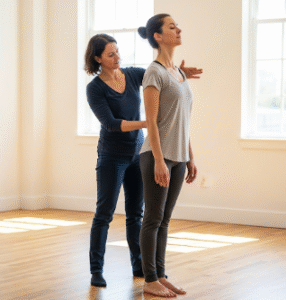Overview
Sublingual Immunotherapy (SLIT) is a non-invasive treatment for allergic conditions, such as allergic rhinitis, dust mite allergy, pollen allergy, and pet dander sensitivity. Instead of injections, SLIT involves placing allergen extracts under the tongue, which gradually desensitizes the immune system to specific allergens.
SLIT is particularly recommended for patients who cannot tolerate traditional allergy shots or prefer a convenient home-based therapy. In Korea, SLIT is widely offered in advanced allergy and immunology clinics, providing personalized allergen formulations and expert monitoring.
What is Sublingual Immunotherapy (SLIT)?
SLIT is a form of allergen-specific immunotherapy. It works by introducing tiny doses of the allergen under the tongue, allowing the immune system to slowly build tolerance. Over time, this reduces the frequency and severity of allergic reactions.
- ✦ Home-based administration – patients can take drops or tablets under their tongue daily.
- ➤ Gradual desensitization – reduces overactive immune responses to allergens.
- ✦ Long-term benefits – can provide relief for years after treatment completion.
- ➤ Safe for children and adults with mild to moderate allergies.
SLIT is recognized as an effective alternative to subcutaneous immunotherapy (SCIT) and is increasingly popular for its safety, convenience, and patient compliance.
What are the Benefits?
SLIT offers numerous benefits over traditional allergy treatments:
✅ Non-invasive – no needles or injections required.
➤ Convenient home-based therapy with minimal disruption to daily life.
✦ Reduces allergy symptoms – sneezing, nasal congestion, itchy eyes, and skin reactions.
➤ Prevents disease progression – can reduce the risk of developing asthma in children with allergic rhinitis.
✅ Safe for long-term use, even in children over 5 years old.
✦ Minimal systemic side effects – mostly mild oral itching or throat irritation.
➤ Long-lasting effects after treatment completion.
Procedure Details
1) How should I prepare for Sublingual Immunotherapy (SLIT)?
Preparation includes:
- ✦ Allergy testing – skin prick tests or blood tests to identify specific allergens.
- ➤ Medical consultation – discuss medical history, medications, and previous reactions.
- ✦ Prescription of allergen extract – tailored formulation for individual sensitivities.
- ➤ Instruction on administration – proper dose and placement under the tongue.
- ✦ Initial dose in clinic – first dose may be administered under supervision to monitor reactions.
- ➤ Schedule planning – daily dosing with follow-up appointments every few months.
2) What happens during the procedure Sublingual Immunotherapy?
SLIT is simple and safe:
➤ Step 1: The patient places the allergen drops or tablet under the tongue.
✦ Step 2: Keep the allergen under the tongue for 1–2 minutes, then swallow.
➤ Step 3: Avoid eating or drinking for a few minutes afterward.
✦ Step 4: Take doses daily at home, usually in the morning.
➤ Step 5: Monitor for mild reactions (oral itching, tingling, slight throat irritation).
✦ Step 6: Continue treatment consistently for 3–5 years for long-term effectiveness.
The procedure is painless, convenient, and can be integrated into daily routine without affecting work or school.
3) What happens after Sublingual Immunotherapy?
After starting SLIT:
- ✦ Mild oral or throat itching may occur in early weeks.
- ➤ Symptoms typically decrease within days or weeks as tolerance builds.
- ✦ Follow-up visits every 3–6 months to monitor progress.
- ➤ Adjust dosage if needed based on response or side effects.
- ✦ Long-term improvement – reduced sneezing, congestion, and allergic reactions over time.
- ➤ Sustained benefits often continue for years after completion of therapy.
Risks / Benefits
Potential Risks:
- ✦ Oral itching or mild throat irritation.
- ➤ Rare gastrointestinal upset (nausea, mild stomach discomfort).
- ✦ Very rare systemic allergic reactions (anaphylaxis), usually in highly sensitive patients.
- ➤ Mild local swelling or discomfort under the tongue.
Benefits:
- ✅ Non-invasive, needle-free allergy treatment.
- ✅ Reduces symptoms of allergic rhinitis, asthma, and other allergic conditions.
- ✅ Can prevent progression of allergic disease.
- ✅ Convenient for children and adults with busy schedules.
Recovery and Outlook
Recovery is immediate since SLIT is non-invasive:
- ➤ No downtime – patients can continue normal activities.
- ✦ Symptom improvement typically begins within months.
- ➤ Long-term effectiveness – continued improvement for several years after therapy completion.
- ✦ Safe for children, adults, and elderly patients with proper monitoring.
- ➤ Excellent quality of life improvement, especially for patients who could not tolerate injections or medications.
SLIT provides a practical, long-lasting solution for managing allergies without major medical interventions.
When To Call the Doctor
Patients should contact their healthcare provider if they experience:
⚠ Severe swelling of mouth, lips, or throat.
⚠ Shortness of breath or wheezing.
⚠ Rash or hives beyond oral irritation.
⚠ Dizziness, nausea, or signs of systemic reaction.
⚠ Any persistent side effect that does not improve after a few days.
Best Korea Option / Process
Korea provides high-quality SLIT therapy in allergy and immunology clinics:
- ✦ Experienced allergists for accurate testing and personalized treatment.
- ➤ Customized allergen formulations based on individual sensitivities.
- ✦ State-of-the-art clinics with monitoring and follow-up support.
- ➤ Home-based convenience with expert guidance for self-administration.
- ✦ Affordable and internationally accessible treatment packages.
- ➤ Multilingual support for international patients seeking allergy care.
Korea is a leading destination for SLIT, offering safe, effective, and convenient allergy treatment.
Highlights of Sublingual Immunotherapy (SLIT) in Korea
- ✅ Non-invasive, needle-free treatment for allergies.
- ➤ Convenient daily dosing at home.
- ✦ Reduces allergic symptoms and prevents disease progression.
- ➤ Safe for children and adults with minimal side effects.
- ✅ Provided by expert allergists and modern clinics in Korea.

